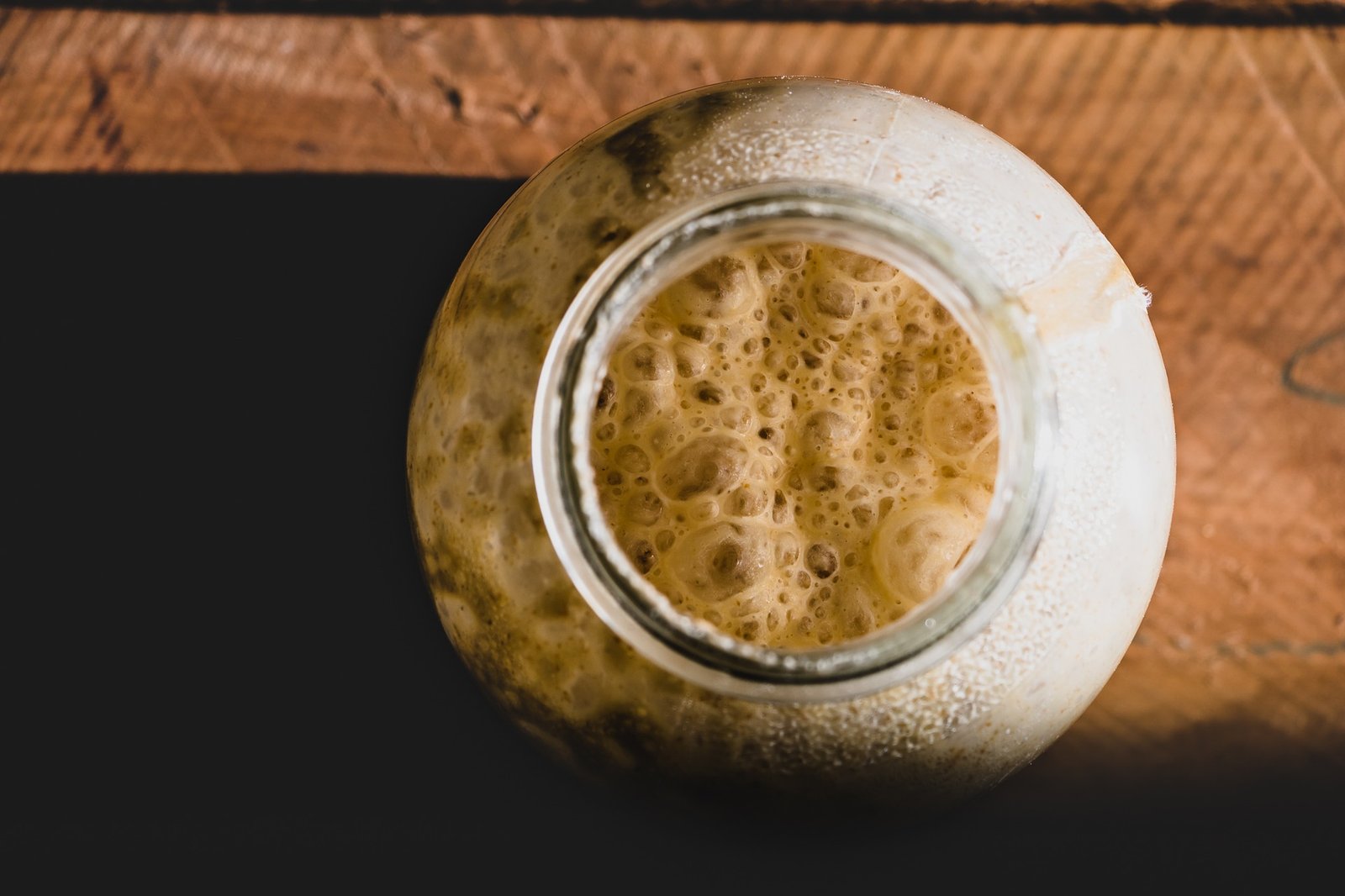There are two types of baker's yeast, these are fresh or pressed yeast and the dry or granulated yeast. Both fulfill the same function although they work in very different ways, which is why we must know the equivalences they have for when they ask us for a variety and we do not have it.
What is the difference?
The dry yeast Bakery is one that usually comes in the form of granules in a sachet and its shelf life is much longer, since it does not need a special conservation condition.
The fresh yeast Bakery is one that usually comes packaged in much smaller portions, or that is usually sold in bulk in bakeries. This has a short shelf life, since it must always be stored at refrigerated temperatures.
These should not be confused with what is normally called baking powder either chemical yeast, since yeasts are living organisms that do not react with heat during cooking as baking powders do. What's more, above 45 degrees they die and fermentation no longer occurs.

What is the relationship between them?
This relationship is very simple, we would simply have to use dry yeast approximately one third of the amount of fresh yeast, for example, if they ask us 5 grams dry yeast, we'll have to put in the mix 15 grams fresh yeast.
In most products that we are going to bake, the ideal is to use approximately 2% of fresh yeast in our doughs. That is, if we have half a kilogram of flour we would simply need 10 grams of fresh yeast Or what is the same, 3.3 grams of dry yeast. It is simply using a rule of three.
We must also know that there is no equivalence between fresh or dry yeast and baking powders, since they are two different things used for different purposes:
- Yeasts tend to rise and require fermentation times before baking.
- Baking powders (Royal) are usually boosters that do not require fermentation time and only cause a rise in the flour by reacting with the heat of the oven.
If you want to adjust the recipe or increase or reduce recipes, you can follow this other article.
